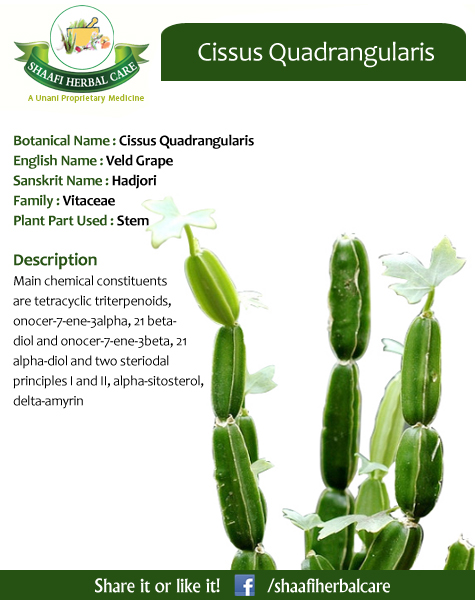
Description of Indigofera tinctoria :
Indigofera tinctoria bears the common name true indigo. The plant was one of the original sources of indigo dye. It has been naturalized to tropical and temperate Asia, as well as parts of Africa, but its native habitat is unknown since it has been in cultivation worldwide for many centuries. Today most dye is synthetic, but dye from I. tinctoria is still available, marketed as natural coloring. The plant is also widely grown as a soil-improving groundcover.
True indigo is a shrub one to two meters high. It may be an annual, biennial, or perennial, depending on the climate in which it is grown. It has light green pinnate leaves and sheafs of pink or violet flowers. The plant is a legume, so it is rotated into fields to improve the soil in the same way that other legume crops such as alfalfa and beans are.
Uses:
Dye is obtained from the processing of the plant’s leaves. They are soaked in water and fermented in order to convert the glycoside indican naturally present in the plant to the blue dye indigotin. The precipitate from the fermented leaf solution is mixed with a strong base such as lye, pressed into cakes, dried, and powdered. The powder is then mixed with various other substances to produce different shades of blue and purple.
Benefits:
- Gives hair a glossy, black color
- Can be mixed with Henna and other natural ingredients to create various shades of browns for the hair.
- All natural.
- Softens and conditions hair.


